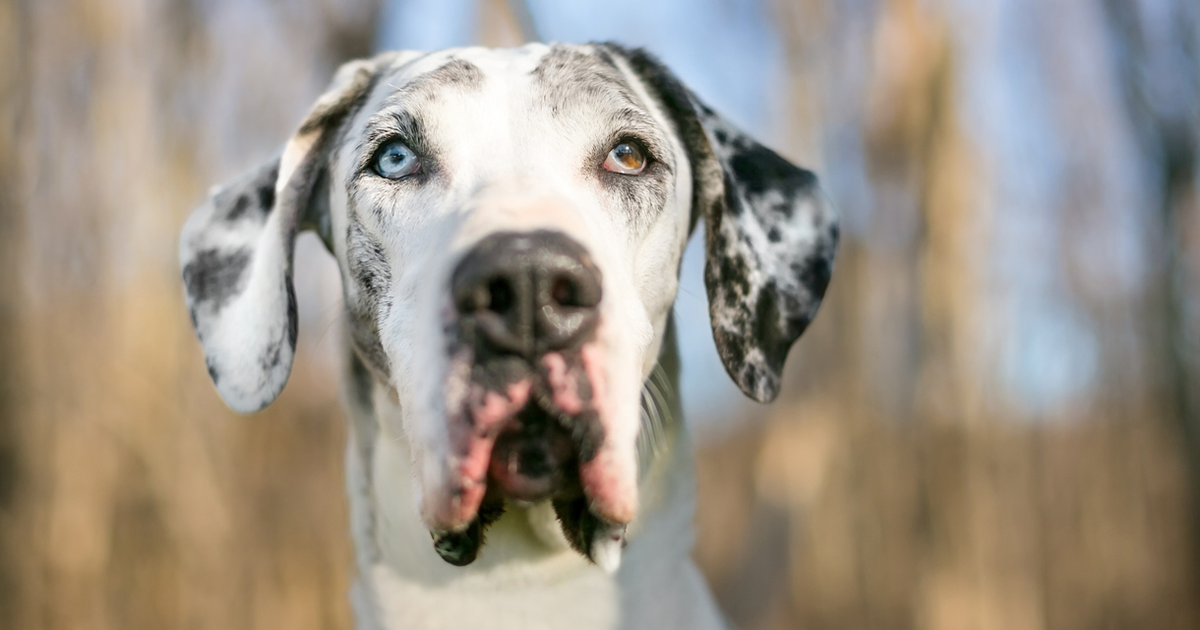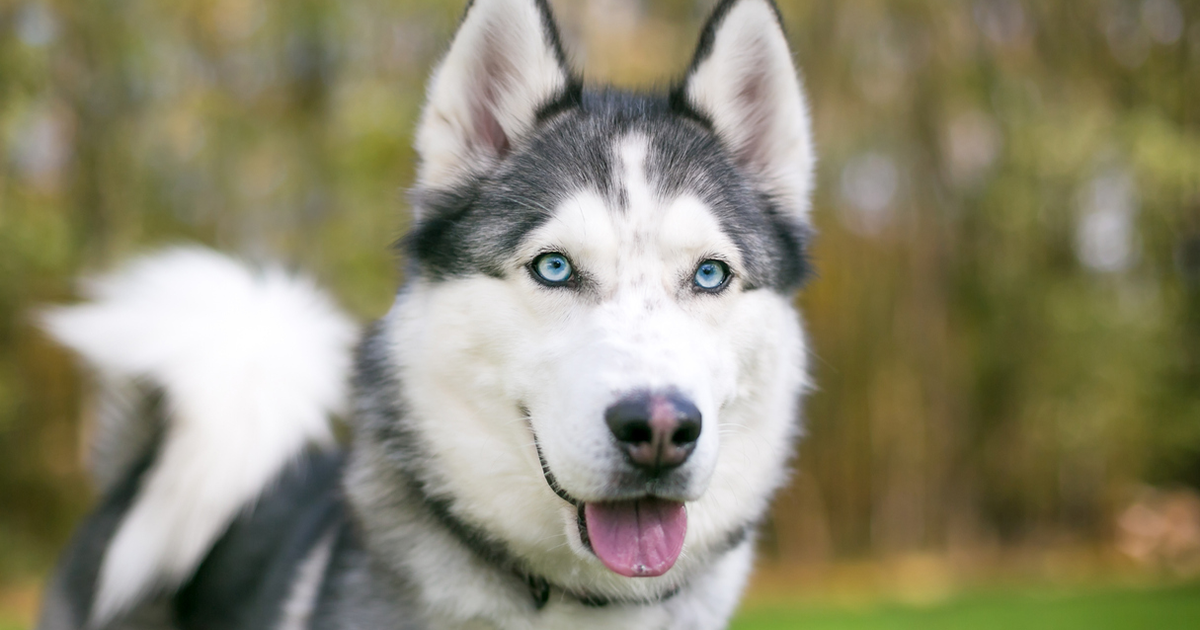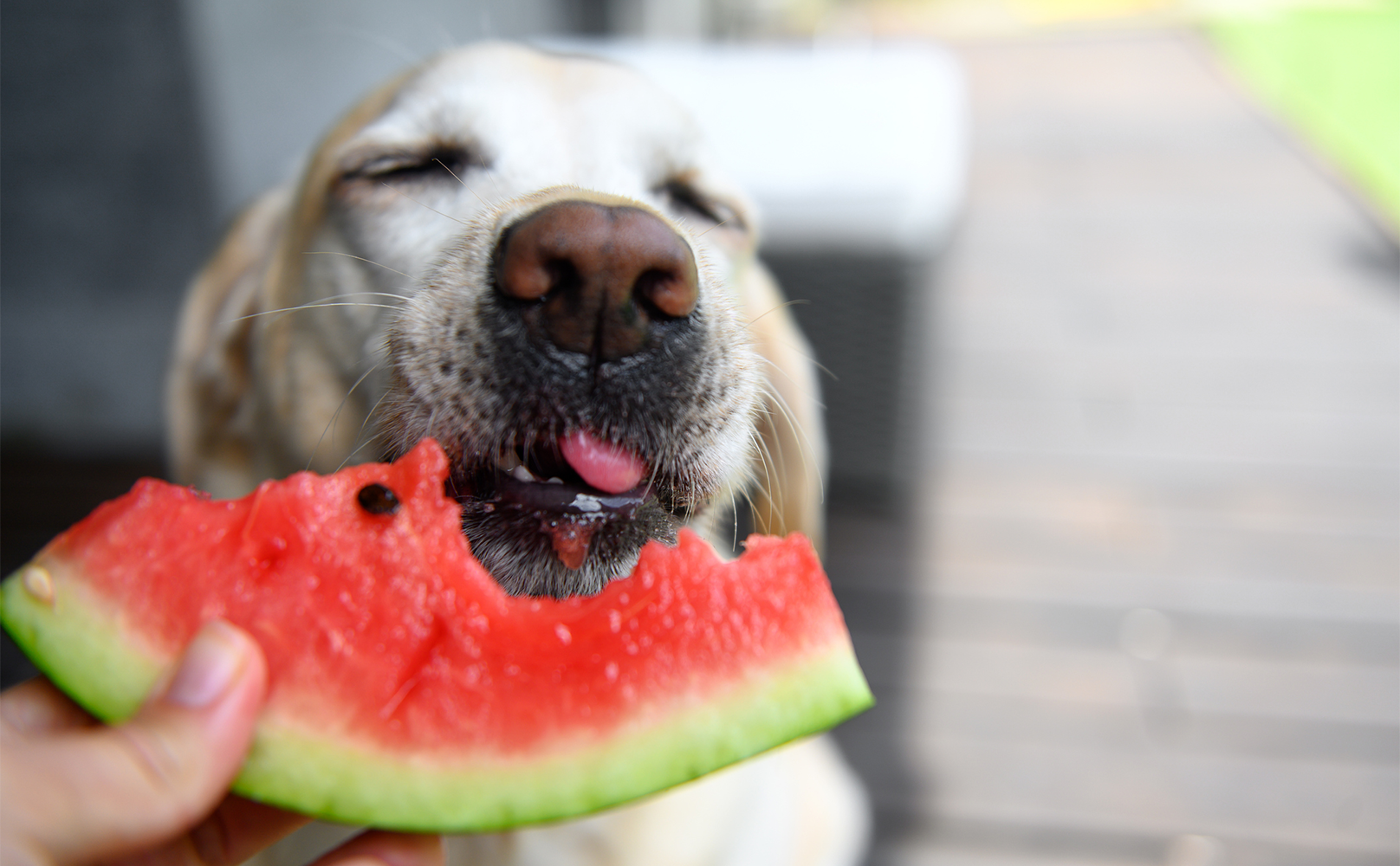It can be difficult to tell whether your dog is exhibiting signs of stress or anxiety, especially if you’ve adopted an adult or senior dog and don’t know them all that well. As with any unusual behavior, we need to know how our dogs usually act in order to pinpoint that something strange is going on.
Even if you know your best friend better than anyone else, some anxious behaviors are subtle enough to slip under the radar. Make sure you know what to look for to put yourself in the best position to help.
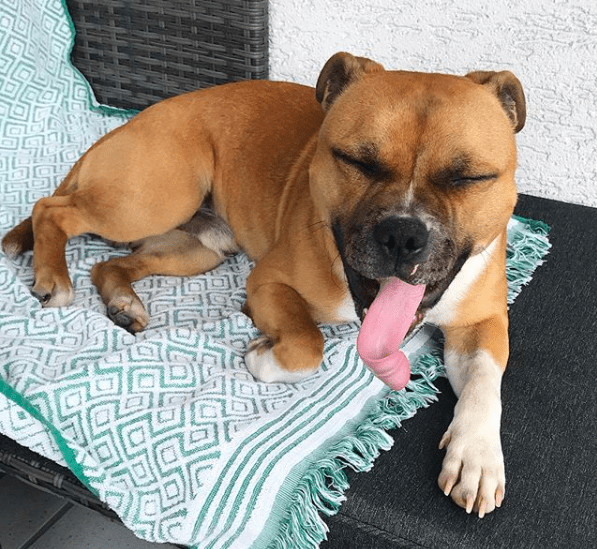

Tail between the legs, pointed down, or only wagging the tip
Tails really tell a story. A tucked tail is a no-brainer for a stressed or nervous pup, but any tail that isn’t “loose” and swishy when it wags is something to look out for. A stiff tail pointing straight up could indicate a warning, social challenge, or sign of aggression.
Panting or shaking
Dogs will pant when they’re hot and shiver when they’re cold, but under any other conditions a trembling body and heavy breathing indicates some level of discomfort.
Licking lips, or excess chewing and drooling
Another tricky yet tell-tale sign. Lip-licking can be a sign of submission in a social situation, but it also signals that a dog is uncomfortable or nervous. Excess drooling during breakfast may not set off your internal alarms either, but finding puddles on your floors might be cause for concern.


Hiding and trying to be alone or escape
Cuddling is a canine trademark, so we can’t say it doesn’t break our hearts to see our dogs looking for solitude. They may try hiding under beds, in empty rooms, or simply attempt to remove themselves from any situation.
Half-moon eyes
When dogs move their eyes to see rather than their whole head, it exposes a sliver of white; i.e. a half-moon, also referred to as “whale eyes.” You see this pretty often in stressful shelter environments.
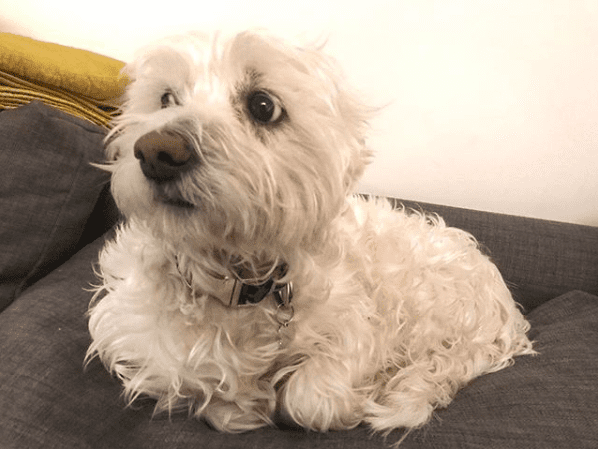

Ears flattened
This one might is a little more obvious to spot. The ears could be pinned back or completely flat against the head.
Excess shedding
It can be hard to separate excess shedding from normal shedding, so it’s not necessarily an instant indication of stress. This could also be a sign of an unrelated medical condition, so be sure to check with your vet before jumping to any conclusions.
Yawning
If a dog repeatedly yawns, they’re telling you they’re uncomfortable. You might notice this happening as you wait in the vet’s office, as it’s your pup’s way of managing his nervousness.
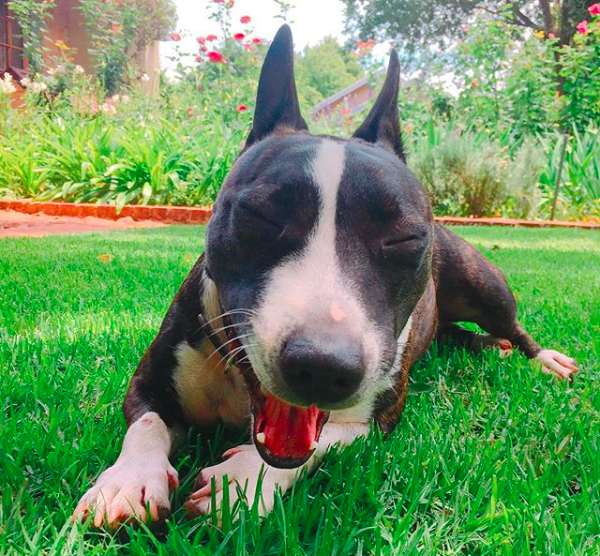

Tense muscles
Speaking of the vet, you might also see that the doctor struggles to check your dog’s joints and range of motion because their muscles are so tight. Just like humans get tense when anxious or scared, a dog will stiffen up for the same reason.
Scratching
In frustrating, stressful, or even exciting situations, a dog might scratch (or bite, especially their paws) even if they’re not itchy. Like excess shedding, this one may need a second opinion from your vet just in case it’s something other than anxiety.
Looking for comfort
We often make the mistake of coddling our nervous dogs, when really they could be interpreting the affection as a reward for their anxious behavior. They may come crawling into your lap or push right up beside you as a nervous gesture, particularly if there is stressful stimuli nearby.
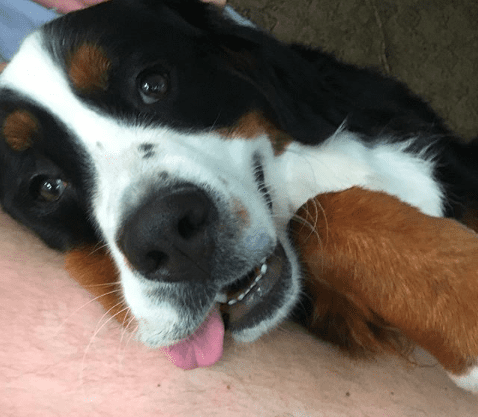

Aggressive behaviors like lip curling or snapping
It’s no mystery why a dog might panic and try to bite or growl at the thing that makes them uncomfortable. This is why it’s so important to monitor strangers and children, since they don’t understand your dog’s body language like you do and will potentially cause anxiety with closeness and quick movements. The same goes for other dogs who aren’t very good at listening to behavior cues. Without proper training, it’s best for your dog’s safety and others’ to keep an eye out for these gestures and avoid a volatile situation before it happens.
Excessive barking
Have you ever left for work only to hear a panicked stream of barks from the other side of the door? Some will blame a lack of obedience training or boredom for too much barking, and that may be part of the issue, but it’s also quite common for dogs to bark and howl as a sign of stress.
Destruction
If you come home at the end of the day to shredded pillows, trash can explosions, or ripped-up carpet, anxiety and boredom are likely culprits. Take your dog for a long walk or play ball for a little while before you leave them alone—exercise is essential.


Going potty in the house
Separation anxiety is super common, and arriving home to accidents isn’t unusual if the anxiety is severe. Even if your dog is fully house-trained, a stressful situation could cause them to regress. Have patience with them!
Pacing or restlessness
Dogs are a lot like us in this way. Discomfort and stress may cause them to pace and seem unable to sit still.
Hyper-vigilance
Constantly looking around or becoming alert at the faintest noise or movement is common if a dog doesn’t feel at ease in her environment.
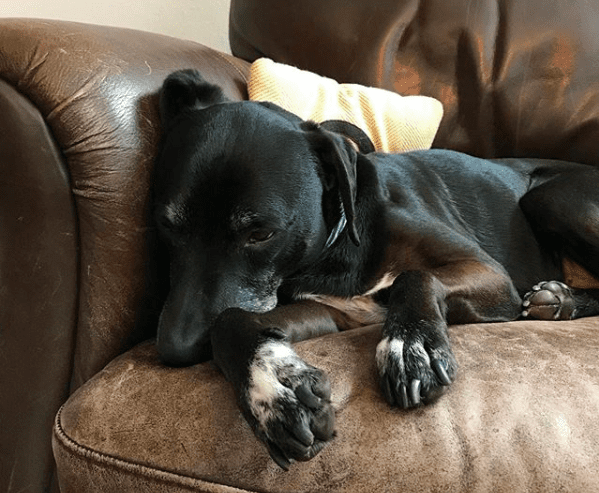

There are too many reasons to list as to why a pup might be stressed out at home, but a few of the most common include needing (CRAVING!) a routine—feed meals and go for walks around the same time every day, as changes to this schedule can make dogs anxious—boredom, loud noises, strange people, and you! Dogs pick up on how you’re acting and feeling, and if you’re stressed out, they’ll feed off that energy.
The easiest remedy is to avoid potential stressors, though we realize that’s not always possible. Try to avoid stressful situations that you know your dog won’t enjoy, and make sure they have a “safe zone” at home to go to when they need to unwind. A cozy bed, a covered crate, anything away from all the hubbub.


And while proper training is essential to keep both you and your dog happy, exercise is the best medicine for almost any anxious ailment. A tired dog is a happy dog, as they say, and for good reason. Exercise helps remove those excess layers of nervous energy and can make a world of difference managing separation anxiety and general nervousness.
If, after trying to solve the issue to no avail, consider seeing your vet to discuss some natural alternatives before trying prescription drugs. CBD extract, for example, is a non-psychoactive compound available as an oil or a biscuit, and has received positive feedback from many pup parents who give it as a way of managing their dog’s anxiety and other emotional or physical conditions.



